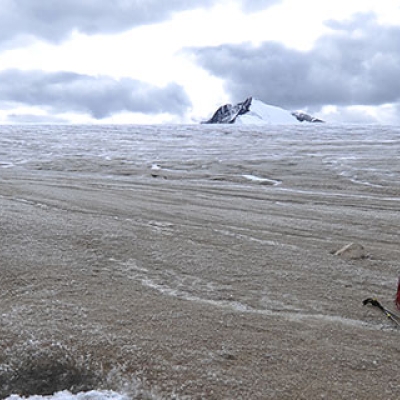
#ForewordFriday: Suburban Remix Edition
By Katharine Sucher / On February 23rd, 2018
The considerable social, economic, and environmental costs of suburban sprawl have been widely reported, but suburbs hold new potential for the 21st century. As ground zero for some of the most disruptive changes stemming from accelerating wealth inequities, a rapidly aging population, and growing racial and ethnic diversity, suburbs today face an era of unparalleled opportunity.









